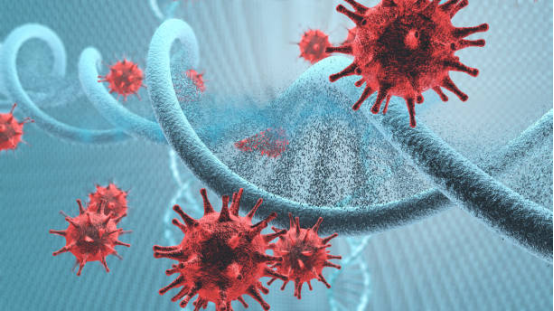Exploring New Preventative HIV Treatments and Resources
Medical advancements in HIV prevention have revolutionized the ways individuals can reduce their risk of infection and make informed health decisions. Staying up-to-date on the latest treatments is crucial for those at risk of HIV. This guide explores new preventative options and resources that can empower you to take proactive steps toward a safer and healthier future.
Medical advancements in HIV prevention have revolutionized the ways individuals can reduce their risk of infection and make informed health decisions. Staying up-to-date on the latest treatments is crucial for those at risk of HIV. This guide explores new preventative options and resources that can empower you to take proactive steps toward a safer and healthier future.

What is Pre-Exposure Prophylaxis (PrEP)?
Pre-exposure prophylaxis, or PrEP, continues to be one of the most effective HIV prevention strategies for people at high risk. PrEP involves taking a daily medication that, when used consistently, can reduce the risk of acquiring HIV from sexual activity by up to 99%. There are currently two approved medications for PrEP, both of which have been shown to be highly effective across diverse populations, including men who have sex with men, heterosexual individuals, and people who inject drugs.
Recent advancements have expanded options for people who struggle with daily medication adherence. Long-acting injectable PrEP, such as Cabotegravir, is now available, providing an alternative for those who prefer not to take a daily pill. This injectable medication is administered once every two months and has demonstrated comparable or even superior protection against HIV in clinical trials, making it a convenient and effective option for many individuals.
HIV Prevention Resources and Support
In addition to new treatment options, a wealth of resources is now available to support individuals seeking HIV prevention. Healthcare providers and community organizations are offering comprehensive services that include counseling, assistance with medication costs, and educational materials to help individuals navigate their options. Many community health centers focus on providing HIV prevention resources to at-risk and underserved populations.
For those looking to start PrEP, medical providers consider several factors, such as kidney health, bone density, and individual lifestyle, when recommending the best medication. For example, individuals with impaired kidney function may be advised to use Descovy, while those preferring an injectable option might choose Apretude. The expansion of PrEP choices represents a significant step forward in making HIV prevention more accessible and tailored to individual needs.
How to Choose the Right PrEP Option
Choosing the right PrEP treatment depends on various personal health factors and lifestyle preferences. Medical providers assess kidney function, bone health, and exposure risks to determine the most suitable medication. With the increasing variety of PrEP drugs and formats, individuals can now select the option that aligns best with their needs. Whether it's the daily regimen of oral pills or the convenience of long-acting injections, there are options for everyone.
The Future of HIV Prevention
The progress made in HIV prevention is empowering individuals to take control of their health. With the right tools, resources, and knowledge, HIV transmission is preventable. Now is the time to take action—whether you are considering PrEP for yourself or encouraging others to explore preventative options.
If you or someone you know is interested in learning more about these treatments or how to get started on PrEP, it is crucial to reach out to healthcare providers or community organizations that specialize in HIV prevention. With the increasing availability of support services, everyone has the opportunity to take charge of their health and work toward a safer, HIV-free future.